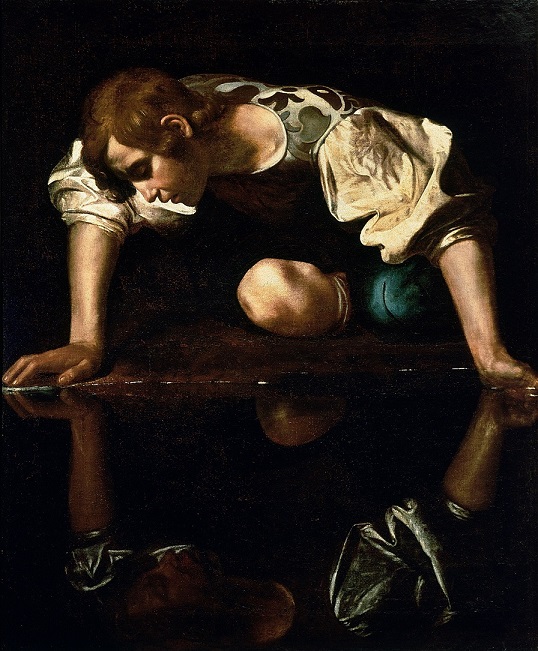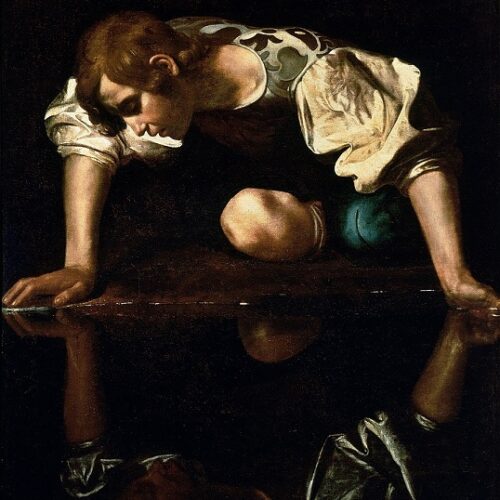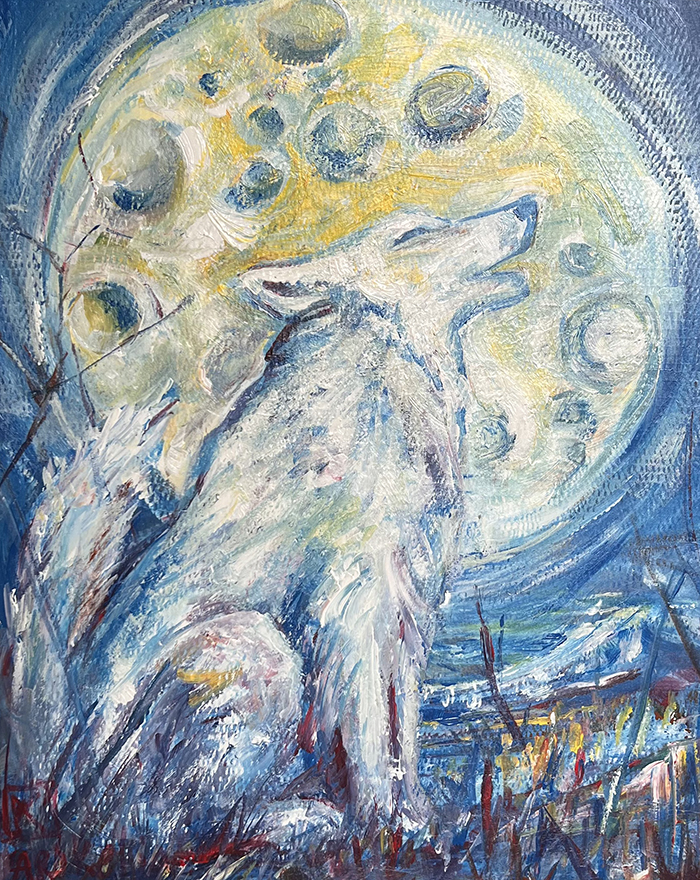‘I weep for Narcissus, but I never noticed that Narcissus was beautiful. I weep because, each time he knelt beside my banks, I could see, in the depths of his eyes, my own beauty reflected.’
‘What a lovely story,’ the alchemist thought.”
― Paulo Coelho, The Alchemist
Year : 1597–1599
Medium : Oil on canvas
Dimensions : 110 cm × 92 cm (43 in × 36 in)
Location : Galleria Nazionale d’Arte Antica
“Narcissus” by Caravaggio is a work of art that evokes a range of emotions.
The warm, glowing light creates a comfortable and dramatic atmosphere. The composition is symmetrical and soothing, but the painting gives a sense of impending doom with its dark background.
Caravaggio may have compared himself to Narcissus, as both are depicted as both beautiful and evil.
Caravaggio’s life of debauchery and violence in the underworld of Rome stands in stark contrast to the career of a painter who had good relations with the Church and was so ardently attached to religious subjects. Whether or not legend has enriched the story, it is attested that he had run-ins with the papal police. Indeed, traces of legal proceedings against him have been found.
He was not the last to play the swordsman and, although treated with leniency, he tasted prison on several occasions. In 1606, he committed a crime by quarrelling with the young Ranuccio Tomassoni and killing him.
Caravaggio thus slowly joined the tragic fate of Narcissus.
A skillful master
The lighting, colors and composition of this painting are what make it so appealing. In addition the artist has very good anatomy and drapery skills. The eye is drawn to keep moving in circles, thanks to the inner edge of the light, creating a sense of movement and flow, as if Narcissus is dancing with his own reflection.
The painting is relaxed, though there is some tension. For example, the water, which is depicted as a mirror, is not disturbed, but still creates the uncomfortable impression that Narcissus is putting his hand in a block of wood.
The subject’s face is soft and expresses a lot of love, while the arm has a tension that makes us feel the strength of the subject.
Without knowing the painting, one could say that the mood is romantic.
However, the way the subject touches all the corners of the canvas gives a feeling of claustrophobia.
Color and light
The color palette used in this painting appears to consist of reds, browns and a single green/blue hue on the knee.
The artist, Caravaggio, is known for his use of chiaroscuro, which involves dramatic contrasts between light and dark. The lighting in the painting suggests that it was painted at night and the type of light used could be from a candle, as the painter often used candlelight in his studio. However, it is difficult to know whether the painting represents a cave or a forest,
The lighting seems to come from one side of the wall only, creating a strong light on the figure of Narcissus and adding to the dramatic chiaroscuro effect. The shadows are strong, precise and represent the shapes very well.
The composition
The composition of the painting has been established with symmetry and balance on the left side. The tilt of the Narcissus to the left creates a beautiful composition. The color used under the water is also interesting.
The shapes used to make the painting appear 3D are circles for the head, cheek and hand and cylinders for the arms and legs.
The painting is composed using various perspective cues. The focal point of the painting is the blue knee, which serves as the horizon line and the starting point for the perspective construction. We can see elements in the foreground, such as land and water, and the back of the painting gradually disappears into the background.
The atmosphere of the painting also contributes to the depth, with the background gradually darkening from white to dark. However, the depth of perspective is not fully developed, and the objects are not reduced.
Light’s role
The lighting of this painting and other works created until the age of electricity raises some questions.
LED light can have an impact on our view of the world and art, as it emits a bluish light compared to the warm golden yellow light of traditional lighting sources. This can change the way we perceive the colors and tones of a painting.
Can lighting define the way we perceive the world? Are the paintings we view or create so different from each other because of our light sources? Is light one of the main reasons for our subjective perception of visual history?
Lighting alone does not define whether a painting is modern or not, as many other factors such as style, composition and subject matter contribute to the overall perception of a painting’s era. But how many of us unconsciously perceive the early 20th century in black and white and the Wild West in orangey pink?
This text was discussed and written by art lovers




